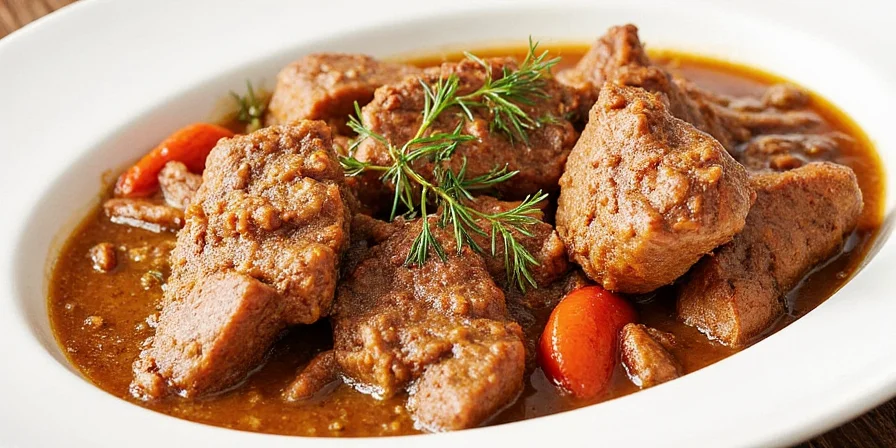
The 7 best spices for beef stew are: thyme, rosemary, paprika, bay leaf, black pepper, nutmeg, and Worcestershire sauce. These create the perfect flavor foundation when used correctly. Add dried spices early in cooking and fresh herbs in the last 15 minutes for maximum impact. For immediate results, use 1 tsp thyme, 2 bay leaves, and 1/2 tsp black pepper per 4 servings as your base seasoning.
Table of Contents
- Why These Spices Work for Beef Stew
- The 7 Essential Spices Compared
- How to Use Them Properly
- Timing Science Made Simple
- Best Ready-Made Blends
- Fixing Common Mistakes
- Practical Takeaways
- Quick Reference FAQ
Why These Spices Work for Beef Stew
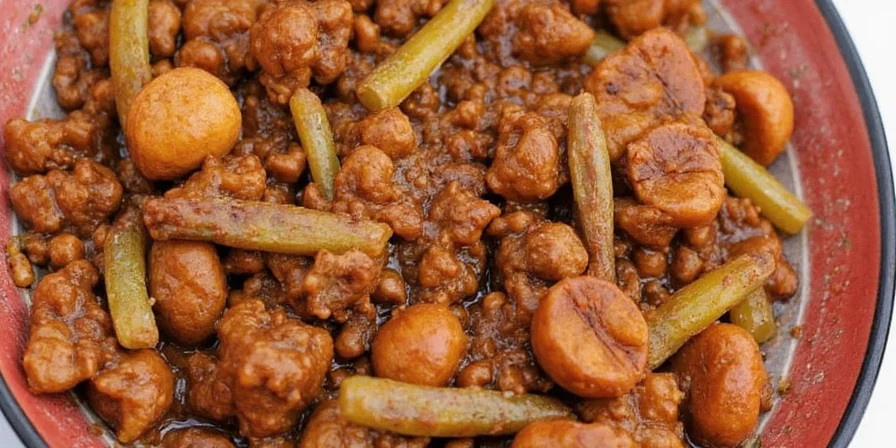
Beef stew's magic happens when spices interact with slow-cooked meat and vegetables. The right spices solve three problems home cooks face: blandness, one-dimensional flavor, and inconsistent results.
Professional chefs consistently use these seven ingredients because they:
- Add depth to overcome the 'flat' taste common in home cooking
- Create natural umami enhancement without MSG
- Balance richness with subtle brightness
- Transform leftovers into something special the next day
The 7 Essential Spices Compared
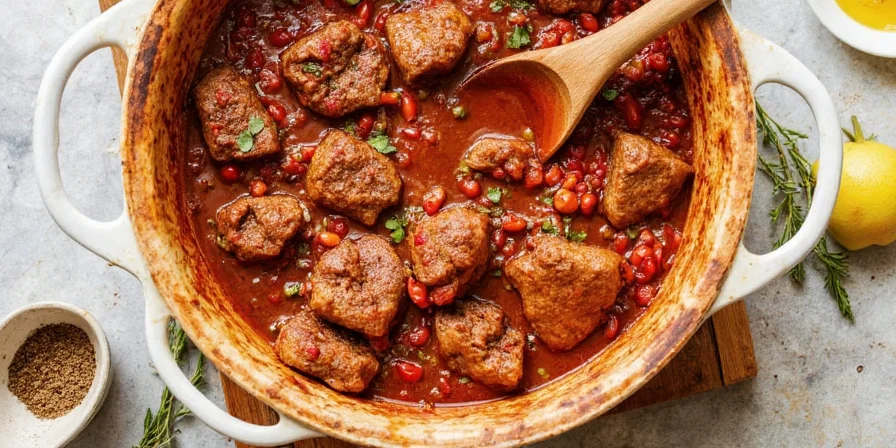
| Spice | Flavor Impact | When to Add | Perfect Pairings |
|---|---|---|---|
| Thyme | Earthy backbone | First hour of cooking | Red wine, mushrooms |
| Rosemary | Bold aroma | Mid-cooking (remove before serving) | Potatoes, carrots |
| Paprika | Rich color & warmth | Bloom in oil at start | Tomatoes, garlic |
| Bay Leaf | Subtle herbal note | First 2 hours (remove before serving) | Beef broth, onions |
| Black Pepper | Sharp balance | Multiple times (rule of thirds) | All vegetables |
| Nutmeg | Warmth boost | Last 30 minutes | Cream-based stews |
| Worcestershire | Umami punch | Final 10 minutes | Tomato-based stews |
Thyme: The Essential Foundation
Thyme provides the earthy base that lets other flavors shine. Use 3-4 fresh sprigs (or 1 tsp dried) per 4 servings at the start of cooking. Dried thyme works better in long simmers as fresh thyme's delicate oils evaporate too quickly.
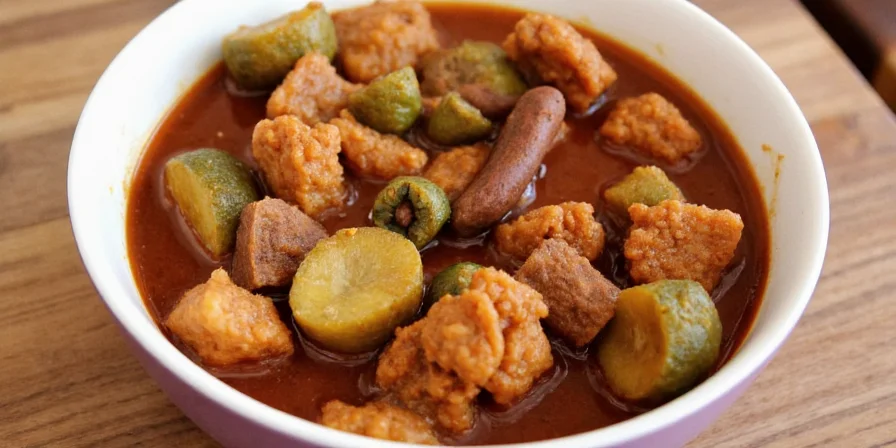
Rosemary: The Flavor Amplifier
Rosemary's pine-like aroma makes beef taste more 'beefy' but use sparingly - too much creates bitterness. Add one 3-inch sprig per 4 servings halfway through cooking and remove before serving. Dried rosemary becomes harsh when overcooked.
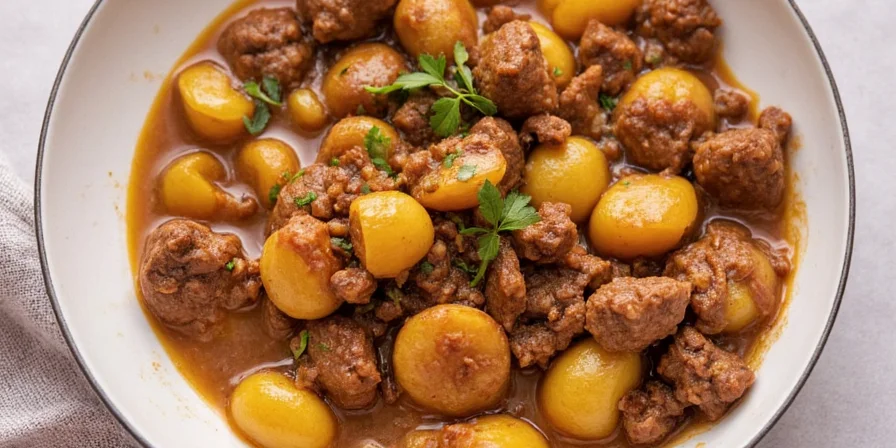
Paprika: The Color & Depth Secret
Sweet Hungarian paprika gives professional-looking color without heat. For best results, bloom 1 tbsp in hot oil for 1 minute before adding liquids. Smoked paprika adds complexity but use half the amount as it's more potent.
Bay Leaf: The Invisible Hero
One bay leaf per 4 servings added at the beginning disappears flavor-wise but creates depth you'll notice if it's missing. Always remove before serving - they don't soften during cooking.
Black Pepper: The Balancing Act
Freshly cracked pepper makes the difference between 'okay' and 'restaurant-quality' stew. Add 1/4 tsp at the start, another 1/4 tsp midway, and finish with 1/4 tsp. Pre-ground pepper loses potency quickly.
Nutmeg: The Secret Weapon
Just 1/8 tsp freshly grated nutmeg enhances richness without tasting 'nutmeggy'. Add during the last 30 minutes of cooking - too early and the flavor disappears.
Worcestershire: The Finishing Touch
Two tablespoons stirred in during the final 10 minutes creates 'chef-quality' depth. It contains anchovies which provide natural umami - don't boil it long or the flavor breaks down.
How to Use Them Properly (Pro Method)
The Layered Approach Home Cooks Miss
Professional kitchens build flavor in stages - here's how to replicate that at home:
- Stage 1 (Oil phase): Bloom paprika in hot oil before adding liquids
- Stage 2 (Braising phase): Add dried herbs, bay leaf, and 1/3 of pepper
- Stage 3 (Final 30 min): Add fresh herbs and nutmeg
- Stage 4 (Plating): Finish with Worcestershire and final pepper
Common Timing Mistakes
Problem: Stew tastes 'flat' or one-dimensional
Solution: You added all spices at once. Follow the four-stage method above.
Problem: Herbs taste bitter or medicinal
Solution: You cooked fresh herbs too long. Add delicate herbs in the final 15 minutes.
Timing Science Made Simple
You don't need chemistry to cook great stew, but understanding these basics helps:
- Dried spices need 45+ minutes to fully release flavors
- Fresh herbs lose 60% of aroma when boiled longer than 20 minutes
- Worcestershire's umami breaks down after 15 minutes of boiling
- Nutmeg's volatile oils evaporate quickly - add late
For practical cooking: Add dried ingredients early, fresh ingredients late. If using a slow cooker, reduce fresh herbs by 1/3 and add in the last hour.
Best Ready-Made Blends (When You're Short on Time)
| Blend | Best For | How Much to Use |
|---|---|---|
| Herbes de Provence | Classic French-style stew | 1 tbsp per 4 servings |
| Beef Stew Seasoning | Quick flavor boost | Follow package directions |
| Italian Seasoning | Tomato-based stews | 1.5 tsp per 4 servings |
| Adobo Seasoning | Smoky variations | 1 tsp per 4 servings |
Fixing Common Mistakes (In 5 Minutes or Less)
If your stew is:
- Bland: Stir in 1 tsp soy sauce + 1/4 tsp pepper (adds depth without soy taste)
- Too salty: Add 1 peeled potato - it absorbs excess salt in 15 minutes
- Too spicy: Swirl in 2 tbsp sour cream just before serving
- Bitter: Add 1/2 tsp brown sugar to balance
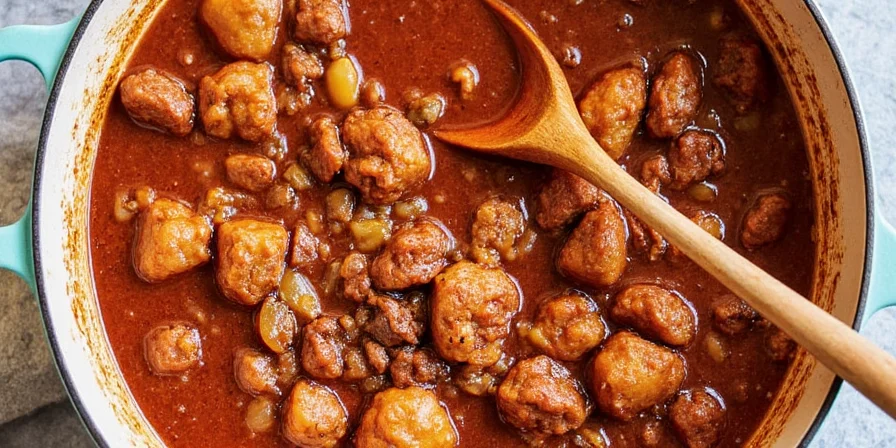
Practical Takeaways for Perfect Stew
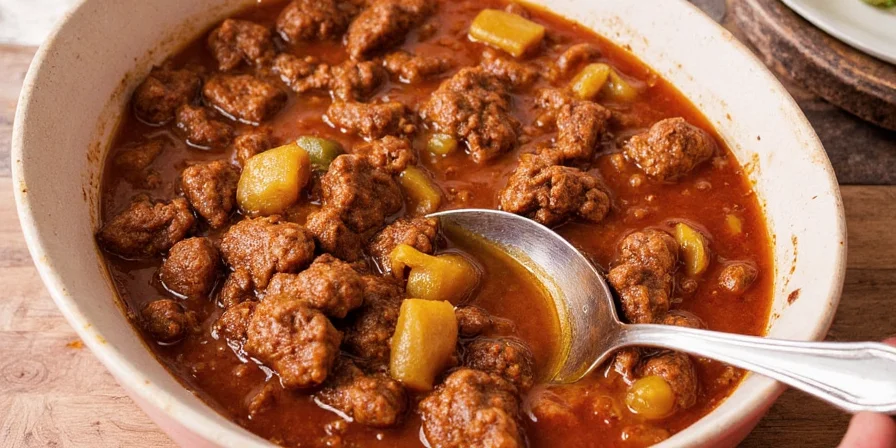
For consistently great beef stew, remember these three rules:
- Start with the holy trinity: 1 tsp thyme + 2 bay leaves + 1/2 tsp black pepper per 4 servings
- Time your additions: Dried early, fresh late
- Finish strong: Worcestershire in the final 10 minutes
These simple adjustments transform ordinary stew into something special with minimal extra effort. The perfect beef stew shouldn't require chef-level skills - just smart spice timing.
Quick Reference FAQ
What are the 3 must-have spices for basic beef stew?
Thyme, black pepper, and bay leaf form the essential foundation. Use 1 tsp dried thyme, 2 bay leaves, and 1/2 tsp freshly cracked pepper per 4 servings added at the beginning of cooking.
When should I add spices to beef stew?
Dried spices go in early (first hour), fresh herbs in the last 15-30 minutes. Worcestershire sauce and nutmeg should be added in the final 10 minutes for maximum impact.
Can I fix bland beef stew after it's cooked?
Yes - stir in 1 tsp soy sauce and 1/4 tsp freshly cracked pepper. The soy adds umami without tasting Asian, and fresh pepper provides immediate brightness. Let simmer 5 minutes to blend flavors.
How do I make beef stew taste more 'beefy'?
Add 1 tbsp tomato paste browned in the pot before adding liquids, plus 2 sprigs rosemary. The tomato paste creates savory depth through the Maillard reaction, while rosemary enhances the meat's natural flavor.











 浙公网安备
33010002000092号
浙公网安备
33010002000092号 浙B2-20120091-4
浙B2-20120091-4